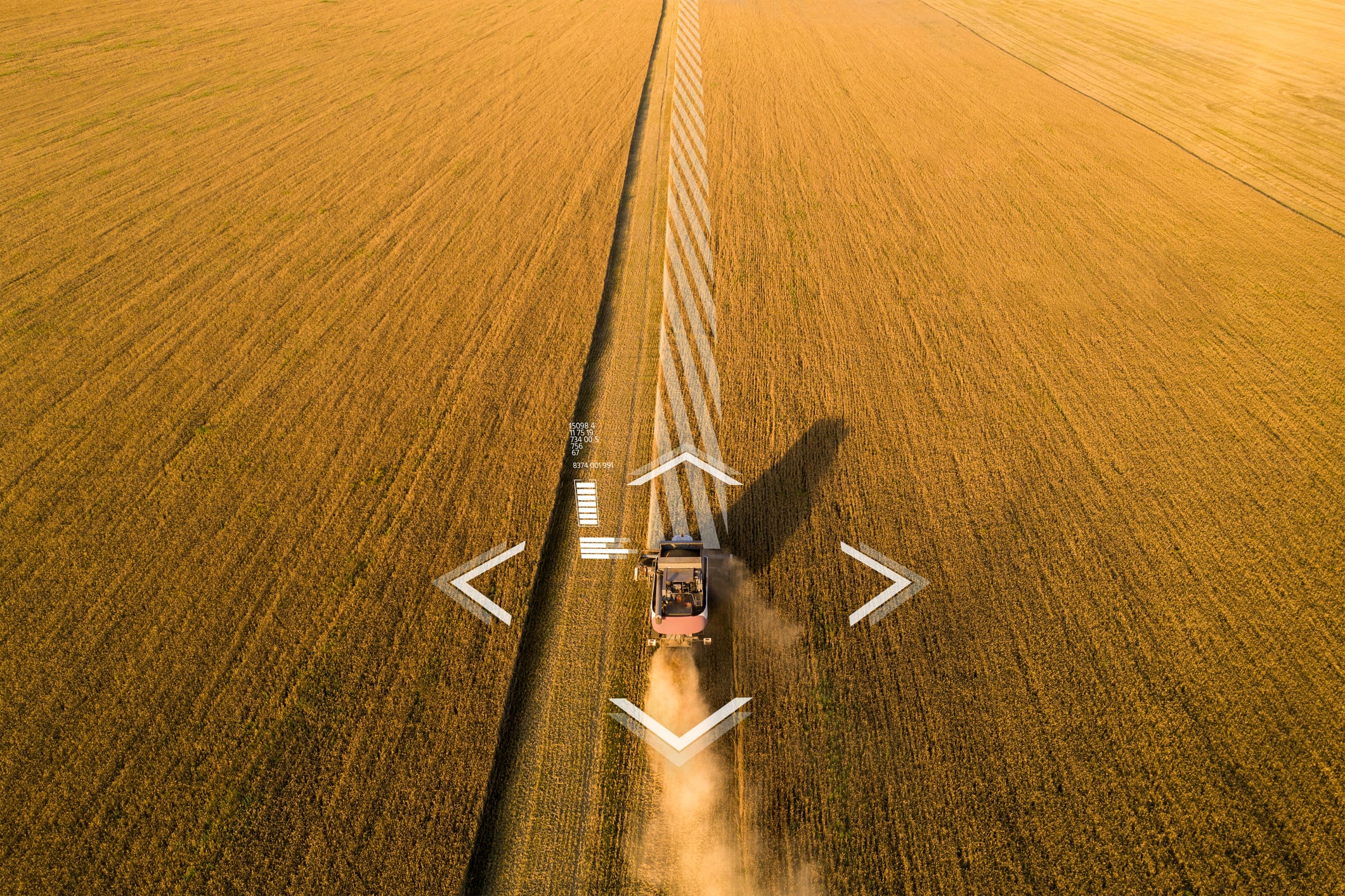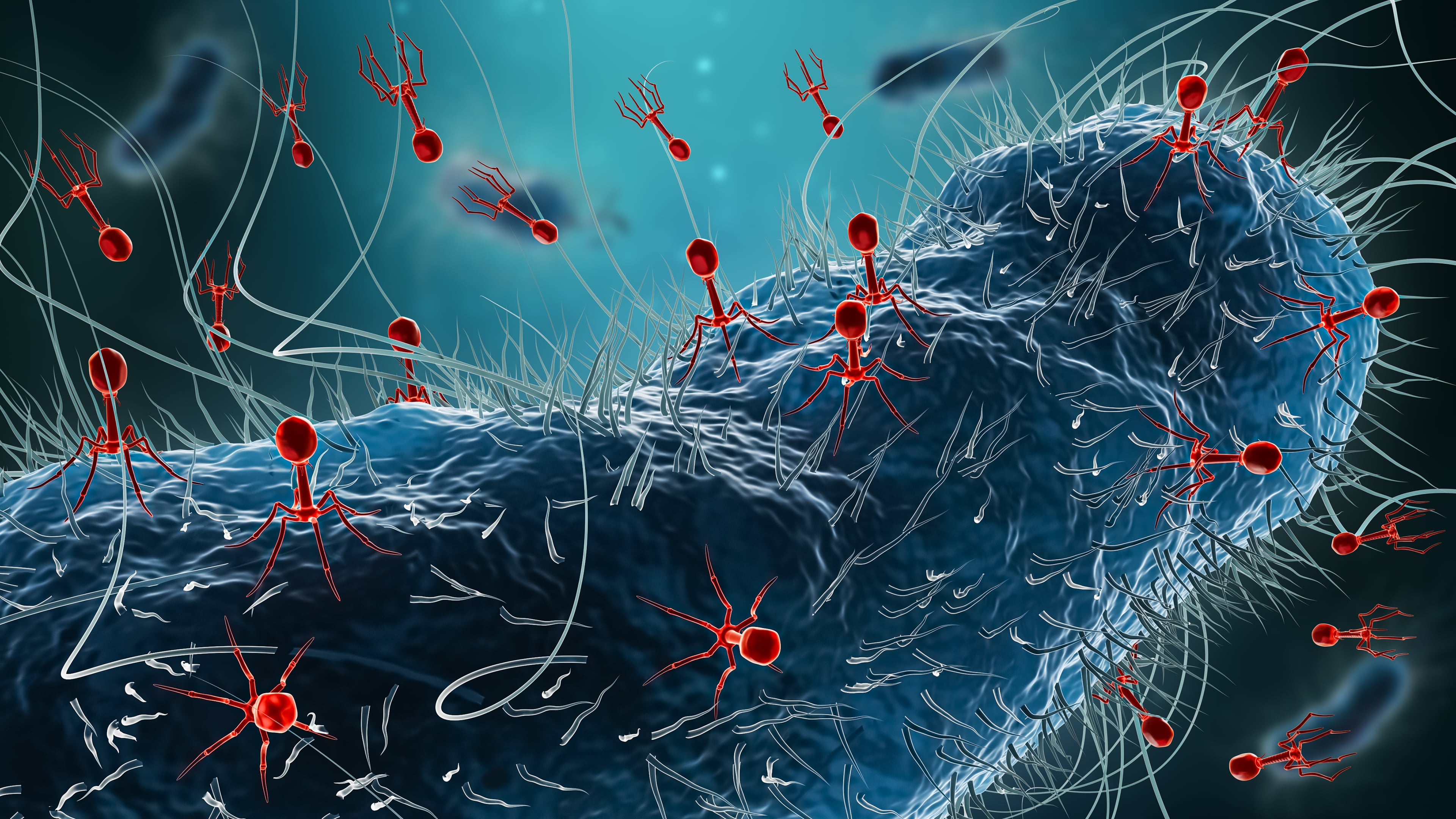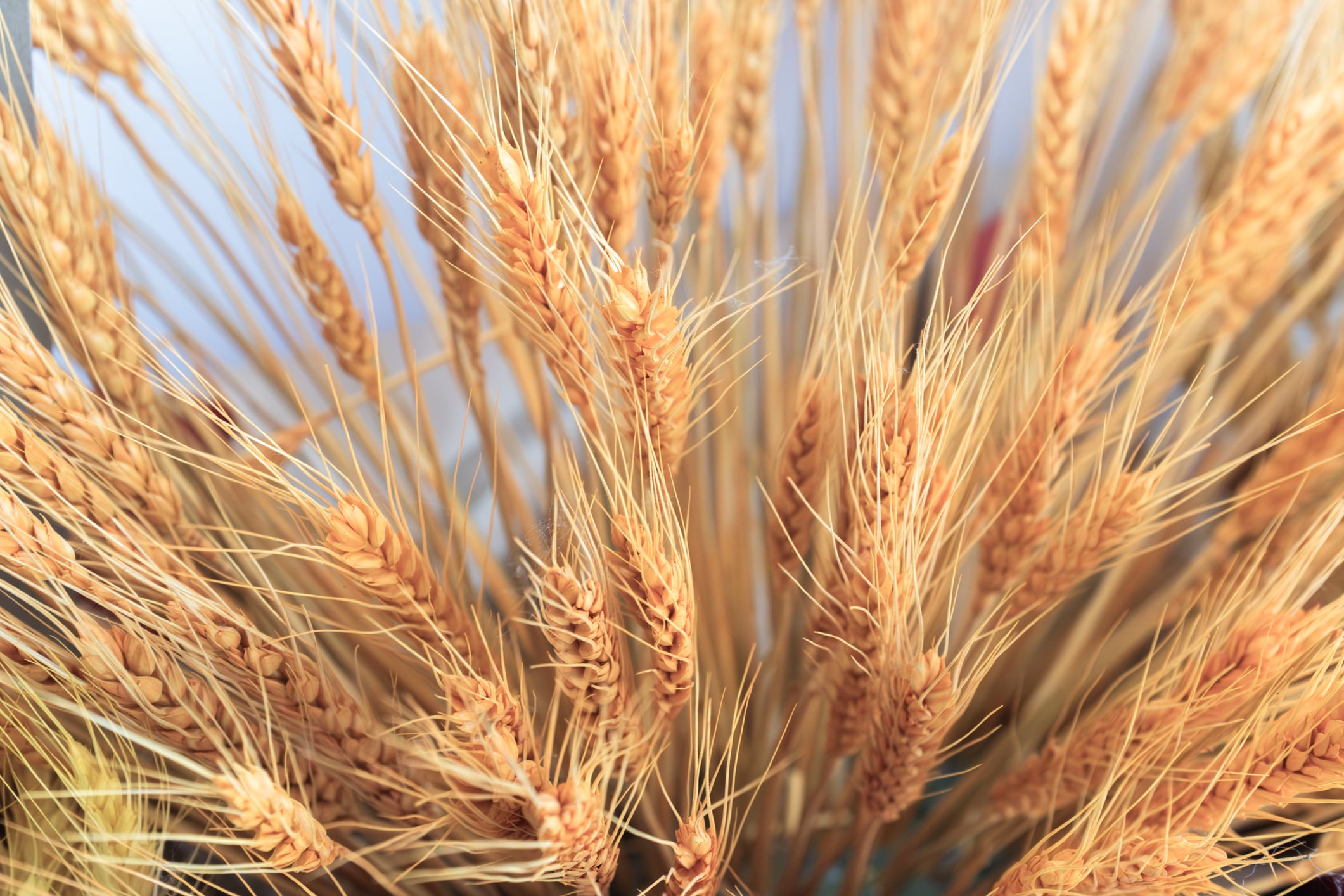It characterised the future outlook for agricultural machinery by several key trends.
According to the Chinese review, the future of agricultural tech will evolve to be more intelligent, autonomous, collaborative, and sustainable.
Overall, agtech will rely increasingly on advanced artificial intelligence (AI) and autonomous systems.
“Future agricultural intelligence will deeply rely on advanced AI models and autonomous decision-making systems, driving the transition from traditional experience driven practices to data-driven production.”
Currently, tools including support vector machines (SVMs), extreme learning machines (ELMs), and recurrent neural networks (RNNs) are widely applied in agriculture.
The review highlighted newer AI models such as transformer architectures and multimodal learning as the future options.
For instance, extreme learning machines (ELM) has been found to be useful for real-time analysis of crop nutrient levels.
However, transformer-based models are better at understanding long-term changes over a period of time.
This makes them very promising in understanding more complex data, which will help agriculture move towards realising unmanned farms.
“The ‘unmanned farm’ concept, enabled by fully autonomous machinery (e.g., intelligent seeders, driverless harvesters), achieves end-to-end automation in planting, monitoring, and harvesting. Integrated with edge computing and real-time sensor networks, these systems minimise human intervention.”
High tech teamwork
With more advanced intelligence, multi-machine collaborations and swarm intelligence will follow.
Unmanned aerial vehicles (UAVs), or drones will work with other machines like tractors and ground robots to use resources more efficiently.
“For example, UAVs equipped with hyperspectral imaging can monitor crop health in real time, generate precision fertilisation maps, and synchronise with ground machinery for variable-rate irrigation,” the review illustrated.
The review also highlighted swarm robots – many smaller robots that work together – to share tasks such as spraying crops and pulling up weeds.
This would be enabled by Internet of Things (IoT) technology, which share data quickly to ensure the machines are in sync.
“Future efforts must optimise communication protocols and energy management to sustain large-scale swarm operations,” said researchers.
Emerging technologies
The review also highlighted emerging technologies that will impact the future of farming.
It included 5G/6G communication and edge computing, which will enable real-time data processing and decision-making for automation.
Virtual copies of farms will be enabled by digital twin technology. This will help farmers or scientists and researchers to tests new ideas and see how it will affect the crops through simulations rather than real world tests.
Moving forward, researchers emphasised that agtech would need to be customised regionally.
“Agricultural automation must balance global standards with regional needs to deliver tailored solutions… Future systems will require multilingual interfaces and adaptive algorithms, such as transfer learning to adapt temperate agriculture models to tropical environments.”
For instance, it highlighted India’s GPS- and decision tree-based mobile app (DSIS), which provides crop recommendations via local language interfaces.
This addresses accessibility barriers for low-literacy farmers.
The researchers highlighted that collaboration from international organisations such as the Food and Agriculture Organisation (FAO) would be crucial to facilitate technology transfer and knowledge dissemination.
The review concluded: “Ultimately, the evolution toward data-driven, autonomous, and networked agricultural systems holds profound implications for global sustainability.”
“By systematically addressing the identified challenges through coordinated innovation in hardware, algorithms, policy, and cross-sector collaboration, agricultural automation can decisively contribute to SDG targets—notably zero hunger and responsible consumption—while ensuring equitable benefits across diverse agroecological and socioeconomic landscapes.”
Source: Agronomy
Overview of Agricultural Machinery Automation Technology for Sustainable Agriculture
Li Jiang, Boyan Xu, Naveed Husnain, and Qi Wang
https://doi.org/10.3390/agronomy15061471





